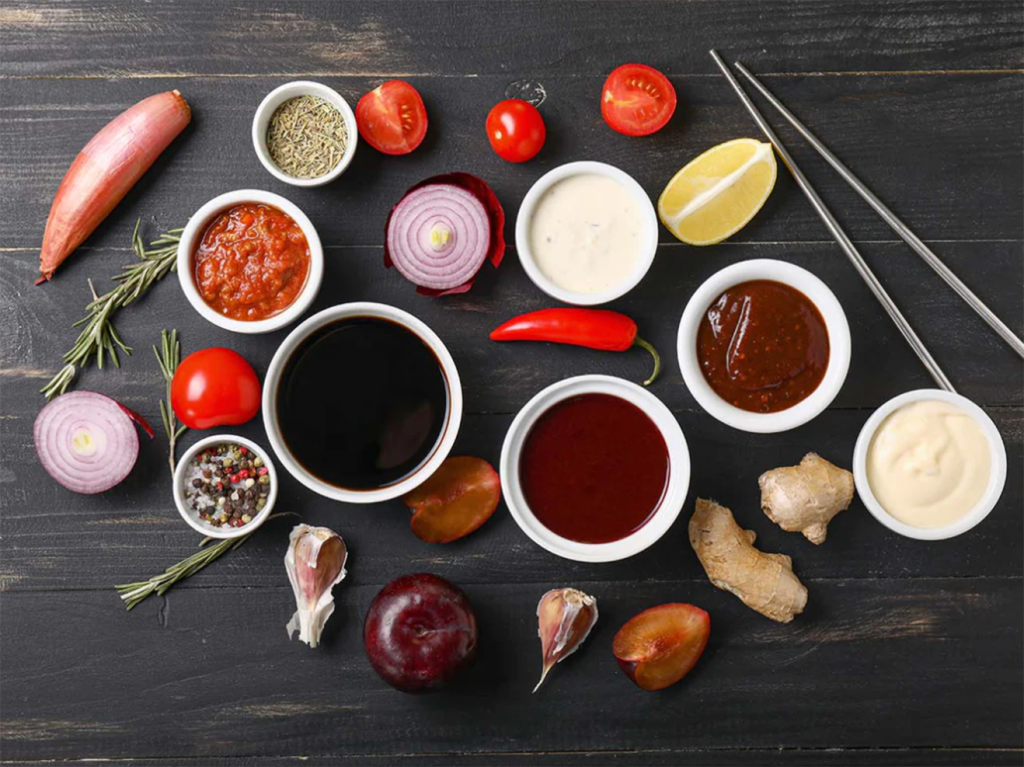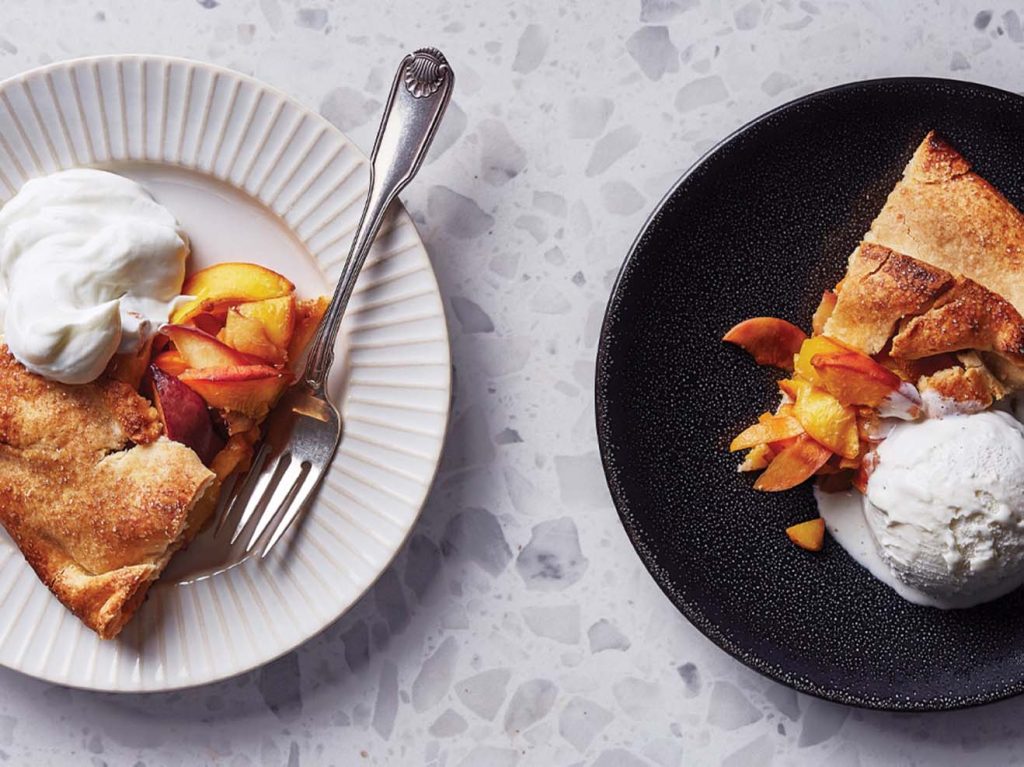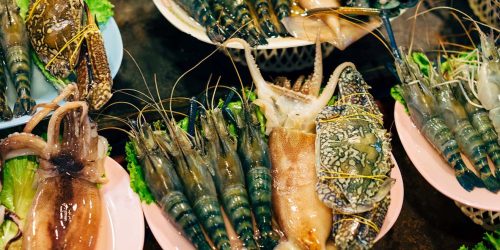A Culinary Chronicle of Vientiane: Savoring the Flavors of Laos
When exploring the vibrant city of Vientiane, one cannot miss out on the remarkable journey through its rich culinary heritage. The heart of Laos’ culture and traditions is beautifully reflected in its cuisine, where flavors and aromas meld to create a unique tapestry of tastes. Join me on a gastronomic adventure as we delve into the culinary history of Vientiane and immerse ourselves in the delightful world of Laotian flavors.
1. A Glimpse into the Past: Influences and Origins
Vientiane’s culinary story is a fascinating blend of indigenous traditions and external influences. The cuisine is shaped by its geographical location, with influences from neighboring countries like Thailand, China, and Vietnam. The use of aromatic herbs, spices, and fresh ingredients adds a distinct character to Laotian dishes.
2. Traditional Staples: A Balance of Flavors

At the heart of Laotian cuisine lies a harmonious balance of flavors, textures, and aromas. Sticky rice, known as “khao niew,” is a staple in every meal, providing a comforting base for various dishes. The array of side dishes and condiments, such as “jaew” (dipping sauces) and “tham mak hoong” (green papaya salad), contribute to the diverse flavors on the table.
3. Unique Culinary Delights: Must-Try Dishes
Embark on a culinary journey by indulging in iconic dishes that define Vientiane’s food scene. “Laap” is a minced meat salad seasoned with herbs and spices, offering a burst of freshness and zing. “Tam mak hoong” is a beloved papaya salad that tantalizes the taste buds with its spicy, sweet, and tangy notes.
4. Street Food Extravaganza: Markets and Stalls
The bustling streets of Vientiane come alive with an array of street food vendors and markets. Wander through the night markets to discover a plethora of savory snacks, including “moo ping” (grilled pork skewers) and “khao jee” (baguette sandwiches) that showcase the city’s fusion of flavors.
5. Fusion of Tradition and Modernity: Upscale Dining
Vientiane’s culinary scene is evolving to embrace contemporary influences while preserving its traditional roots. Upscale restaurants offer modern interpretations of classic dishes, often presented with artistic flair. Indulge in a sensory experience as you savor both the old and the new.
6. Sweets and Desserts: A Sweet Finale

No culinary journey is complete without sampling the sweet treats of Vientiane. “Khao tom” is a sticky rice dessert wrapped in banana leaves, infused with coconut and topped with fruits or beans. Satisfy your sweet tooth with these delectable delights that provide a fitting conclusion to a memorable meal.
7. Embarking on Culinary Adventures: Cooking Classes
Immerse yourself in Vientiane’s culinary culture by participating in cooking classes. Learn the art of crafting traditional dishes under the guidance of skilled local chefs. Engaging in hands-on experiences will deepen your appreciation for the intricate flavors and techniques of Laotian cuisine.
Vientiane’s culinary history is a testament to the city’s cultural tapestry and the art of blending diverse influences into a harmonious symphony of flavors. Embark on this gastronomic voyage to truly understand the heart and soul of Laos through its delectable cuisine. Whether savoring street food by the Mekong or indulging in upscale dining, the journey through Vientiane’s culinary delights is a sensory experience that will leave an indelible mark on your taste buds and memories.





